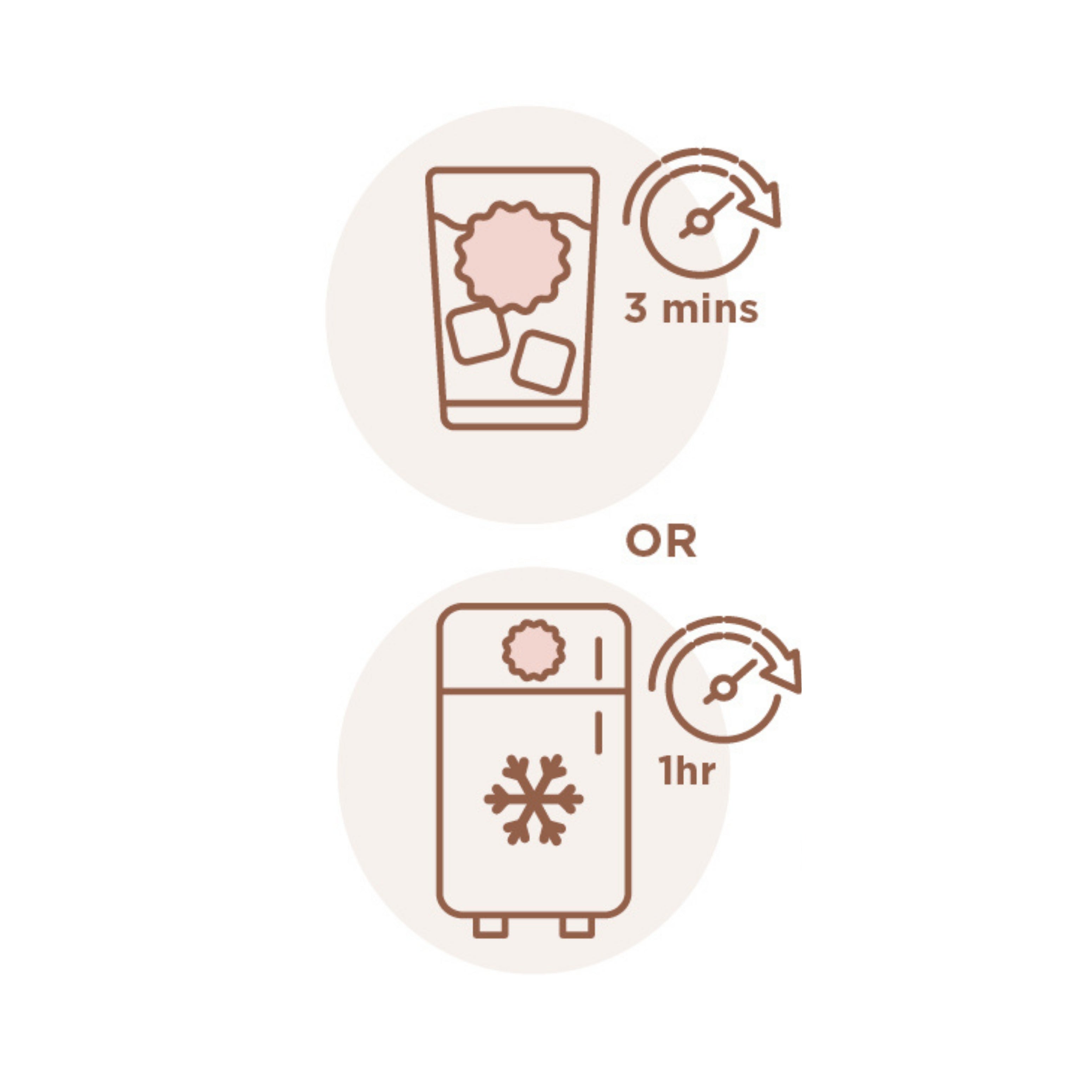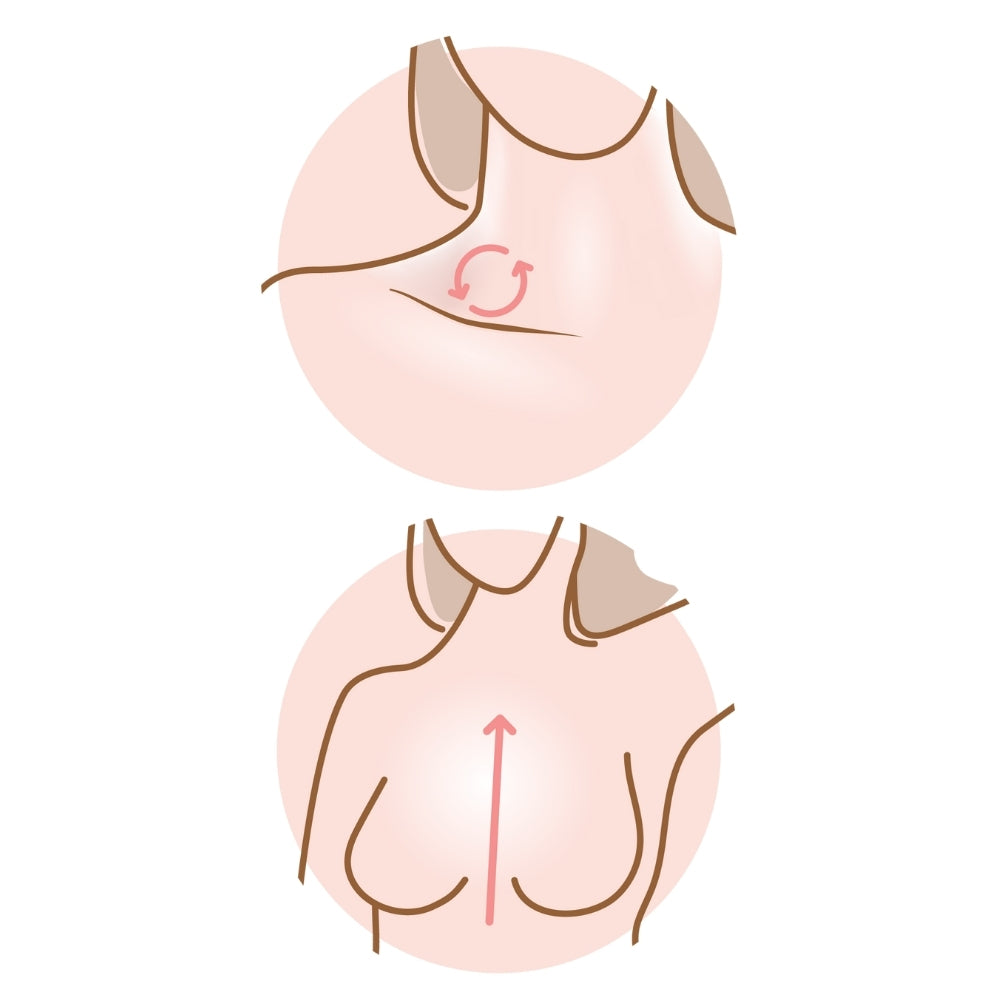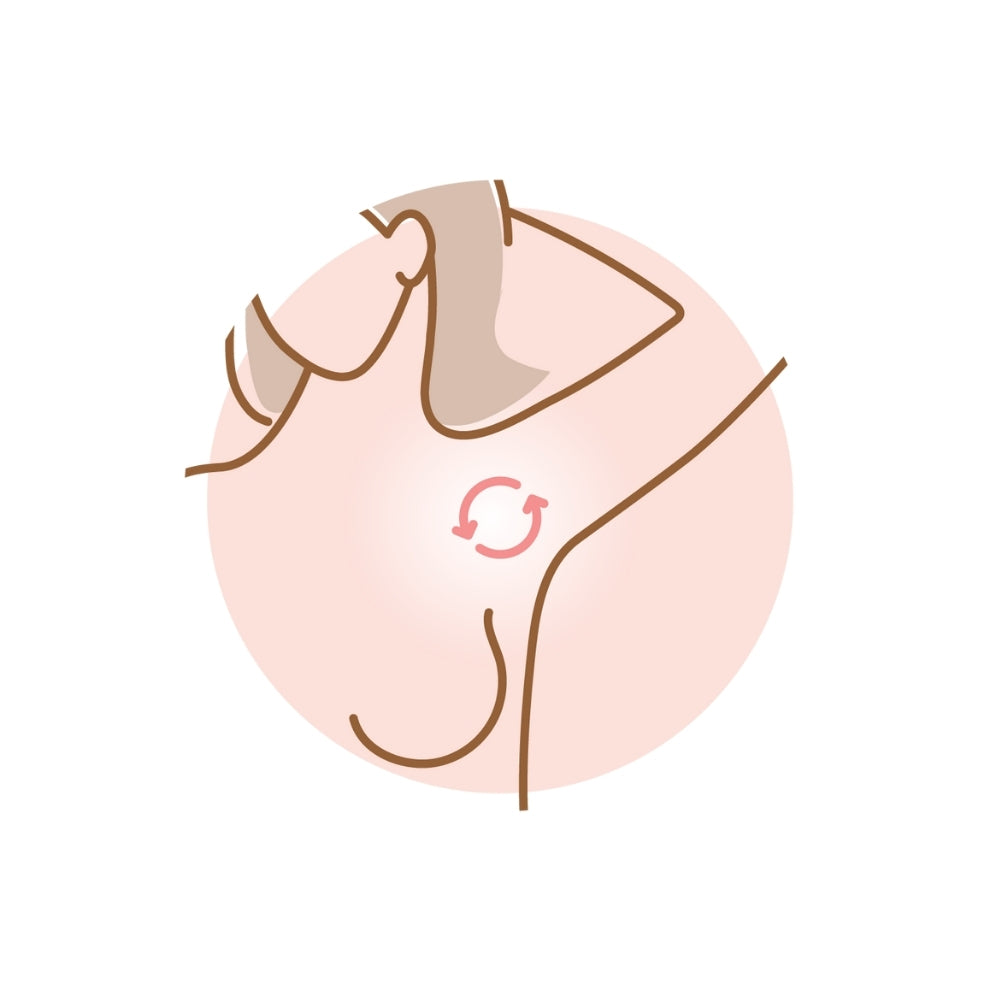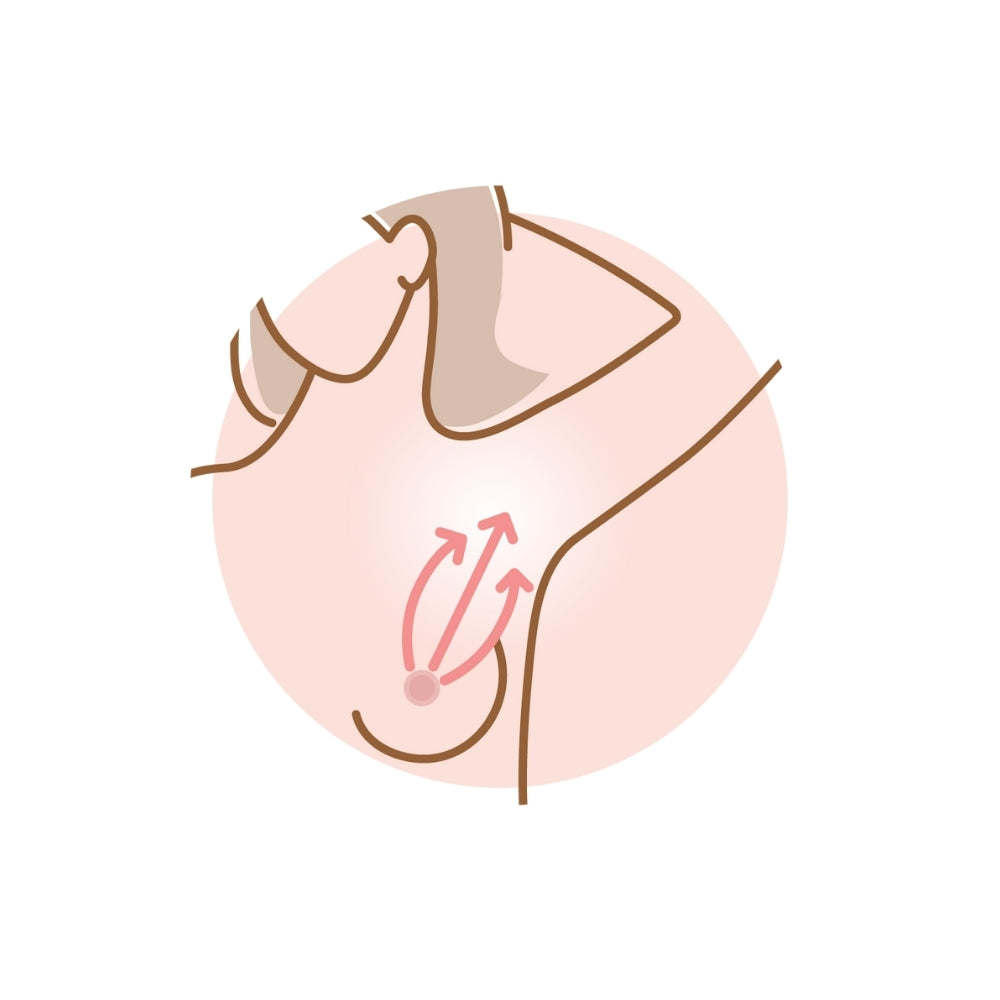
What is engorgement?
The Academy of Breastfeeding Medicine reports that more than two-thirds of mamas experience symptoms of breast engorgement, including tenderness, in the first five days after birth. While engorgement is especially common in the first week or two after birth, it can happen at any time. Many, if not most, mamas experience it at some stage during their breastfeeding journey.
Engorgement can happen in any part of your breast, including under your armpit. It’s often super uncomfortable (even painful) and your breasts may feel warm and heavy. If you’re experiencing engorgement, know that you’re not alone.
Feeding your baby often and making sure they are feeding well are two of the best ways to manage and ease engorgement.
Lactamo is here to help - and the clinical results show that it is "phenomenal" for engorgement. Use Lactamo before, after and between feeds to facilitate lymphatic drainage to reduce engorgement. Also use Lactamo during a feed to aid milk flow and breast drainage. Check out out easy to follow instructions. Midwife and nurse Monique Maitland agrees: “Lactamo is a great tool for engorgement.”
Reliable, trusted sources such as the Australian Government website raisingchildren.net.au also provide guidance on how temperature (warmth and cool) can help with breast engorgement.
Easy to follow animation
Using Lactamo for engorgement

Using Lactamo if you have engorgement: six easy steps
FAQ
Engorgement happens when milk, blood and other fluids build up in the breast, leading to that oh-so-uncomfortable too-full, rock-hard, sore breasts feeling.
Many mamas experience engorgement when their milk first comes in around two to six days after birth when you, your body and your baby are still finding your breastfeeding rhythm. It can happen if your baby is struggling with feeding or attaching to the breast (or simply still figuring out how to do it) and your breasts aren’t being drained well during a feed. It can also happen if your body makes more milk than your baby needs (known as breastmilk oversupply), but this is less common.
But engorgement isn’t limited to the early days of breastfeeding. You might experience it later down the track if your baby misses a feed or you skip a pumping session. Many mamas wake up with sore, engorged breasts when their baby sleeps for longer, if they have a longer-than-usual gap between feeds, or if their baby feeds for a shorter time. Weaning quickly can lead to engorgement, too.
Yes, breast engorgement is a common experience for many breastfeeding mothers. Engorgement can occur when breasts are not emptied on a regular and frequent basis. This condition often arises between 2 to 5 days after birth or during any period of altered breastfeeding or pumping routines. An increase in milk volume or an ineffective latch by the baby that doesn't adequately empty the breast. It’s essential to address engorgement promptly to ensure comfort and maintain a healthy milk supply.
While both involve breast discomfort, they are not the same. A blocked milk duct occurs when milk flow is obstructed in a specific area, leading to pain and inflammation. Engorgement, on the other hand, is generalized swelling and fullness of the breast.
While engorgement primarily affects the breasts, it can sometimes lead to systemic symptoms like nausea, especially if it's severe or prolonged.
Engorgement itself doesn't typically cause a fever. However, if engorgement leads to an infection like mastitis, a fever can be one of the symptoms. It's crucial to differentiate between the two and seek medical attention if a fever develops.
Traditionally, applying cabbage leaves to the breasts has been a popular method to alleviate engorgement. While diet alone cannot prevent engorgement, incorporating specific foods and herbs can enhance lactation and safeguard against infections linked to engorgement. Consuming a diet abundant in Vitamin C-rich fruits and probiotics, such as yogurt, is essential in combating internal infections. Staying well-hydrated is crucial as it aids in flushing toxins from the body, thereby minimizing the risk of infections associated with engorgement.
Engorgement can be a precursor to mastitis, especially if not addressed promptly. Mastitis is an infection of the breast tissue that results in breast pain, swelling, and other symptoms.
Engorgement typically lasts for 1-5 days postpartum but can vary among mothers. With proper breastfeeding techniques and gentle massage, the discomfort usually subsides as the body adjusts its milk production.
While mild engorgement might resolve on its own, it's essential to address the condition to prevent complications like blocked ducts or mastitis. Techniques like massaging with a gently warmed lactamo before and during feeds alongside applying a cooled lactamo after feeds. This can aid in milk drainage and inflammation reduction.
Yes, it's possible for one breast to become engorged while the other remains unaffected. This can result from the baby favouring one side or uneven milk production. It's essential to ensure both breasts are emptied adequately during feedings.
Feeding your baby often and making sure they are feeding well are two of the best ways to ease engorgement.
Other things that can help include:
- Lymphatic drainage
- Gentle breast massage
- Taking your bra off completely before you start to feed
- Hand expressing a little milk before the feed – just enough to make it easier for your baby to latch
- Making sure your baby has a good attachment
- Varying your position with each feed. Mix it up! Try cradle hold, football hold, or lying on your side in bed
- Talking to your healthcare practitioner about pain relief or anti-inflammatory medication if needed
Lactamo is here to help - and the clinical results show that it is "phenomenal" for engorgement. Using Lactamo before, after and between feeds to facilitate lymphatic drainage is aimed at reducing engorgement. Using Lactamo during a feed is aimed at aiding milk flow and breast drainage. Check out out easy to follow instructions. Midwife and nurse Monique Maitland discusses how “Lactamo is a great tool for engorgement" in her blog.
Reliable, trusted sources such as the Australian Government website raisingchildren.net.au also provide guidance on how temperature (warmth and cool) can help with breast engorgement.
You can use Lactamo proactively for lymphatic drainage before, after and between feeds. Lymphatic drainage is aimed at supporting optimal lactation by improving fluid circulation, reducing swelling and promoting milk flow.
Feeding your baby as often and for as long as they want to, rather than scheduling and timing feeds, can also help you avoid breast engorgement. Make sure you’re starting feeds on alternate breasts, so both sides get a chance to be well-drained. And double checking your baby’s position and attachment to the breast will give your bub the best opportunity to feed well and get the most milk they can.













